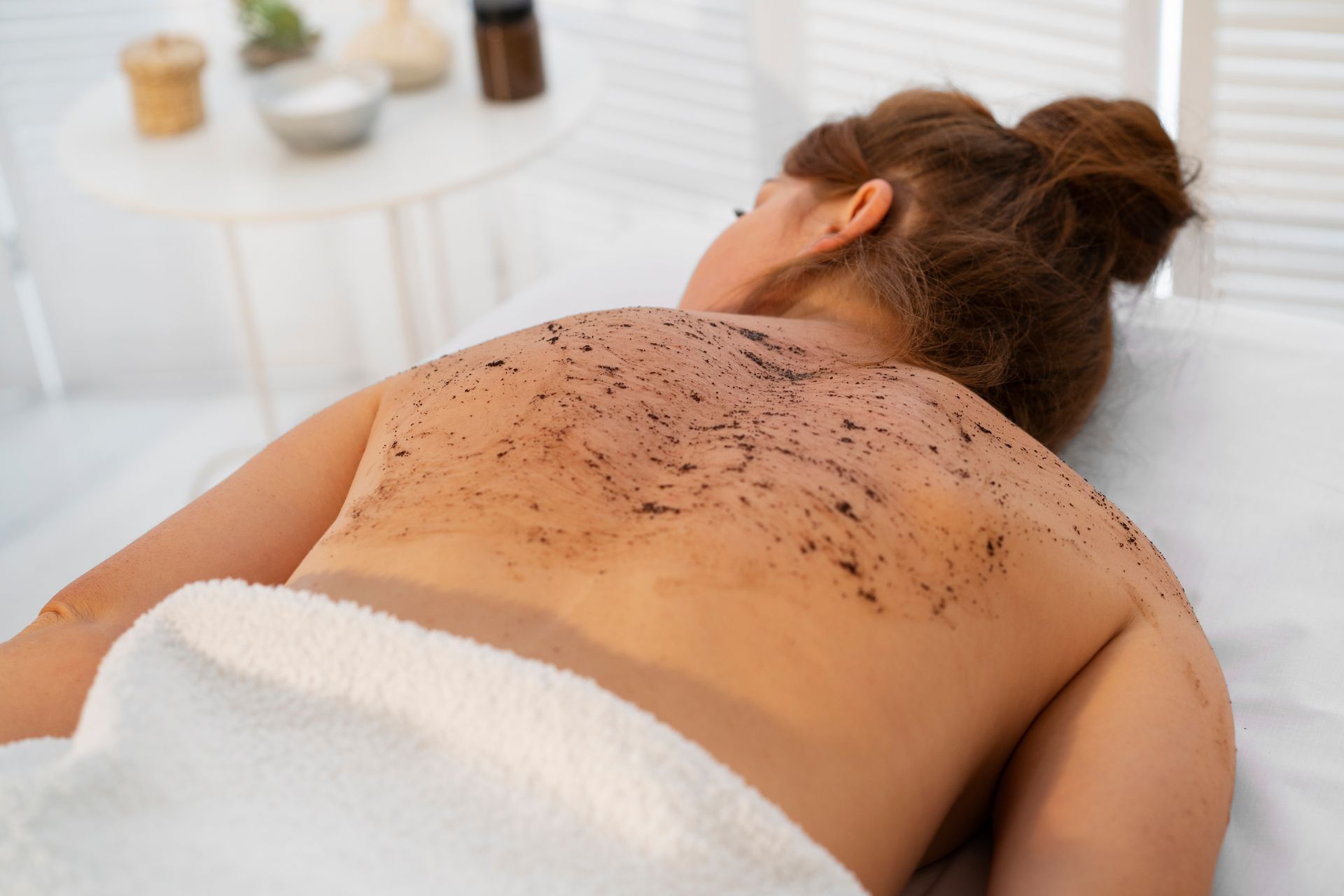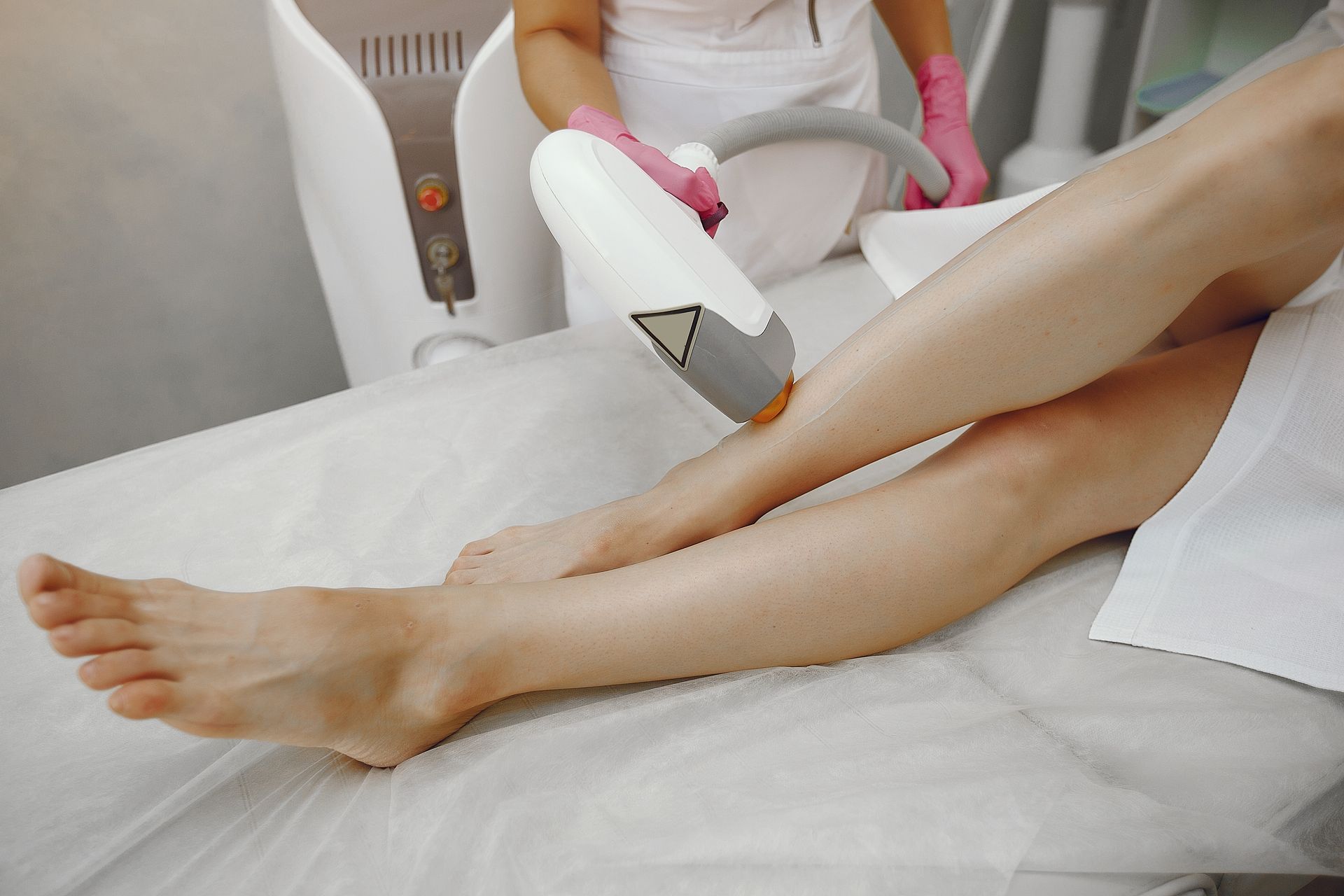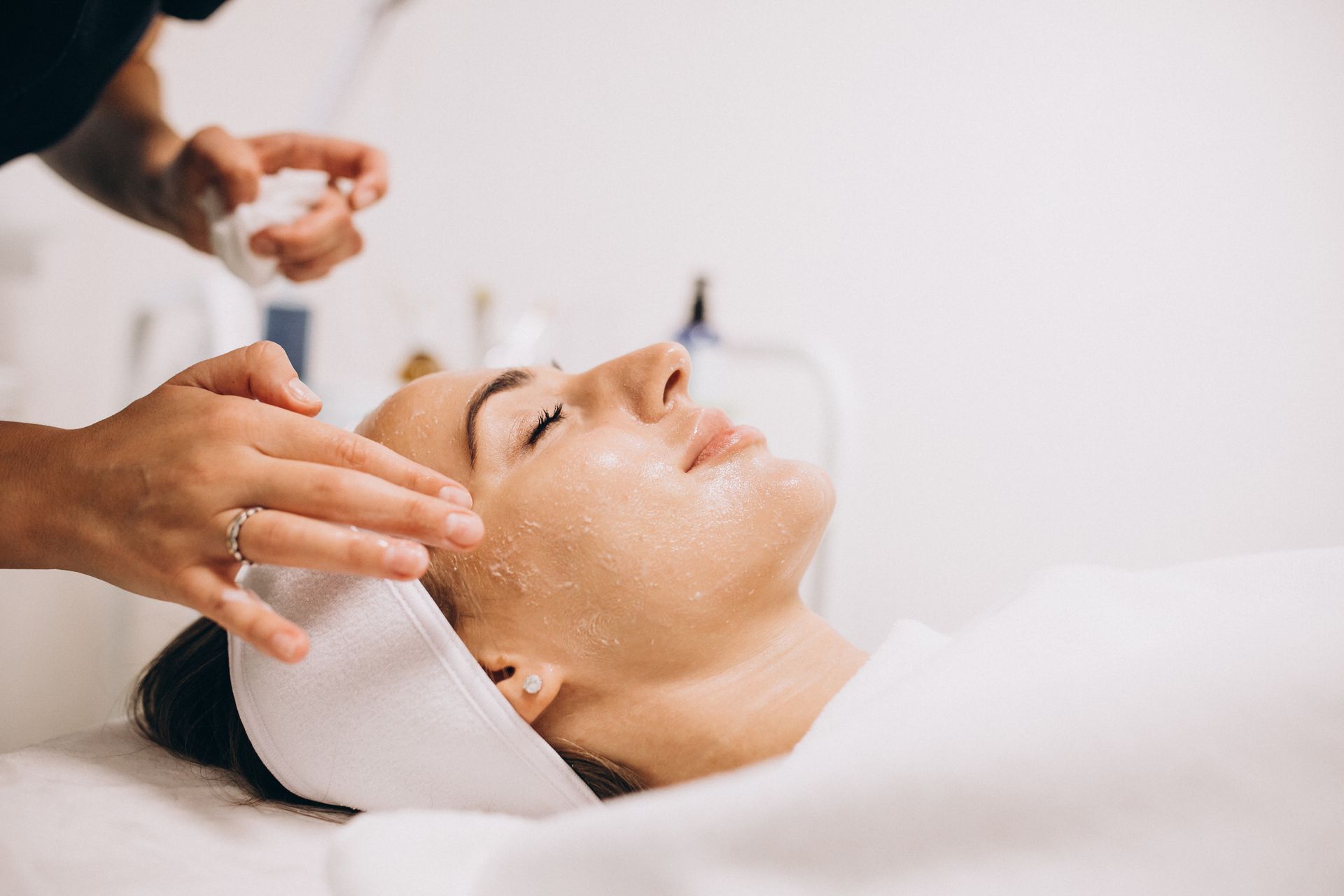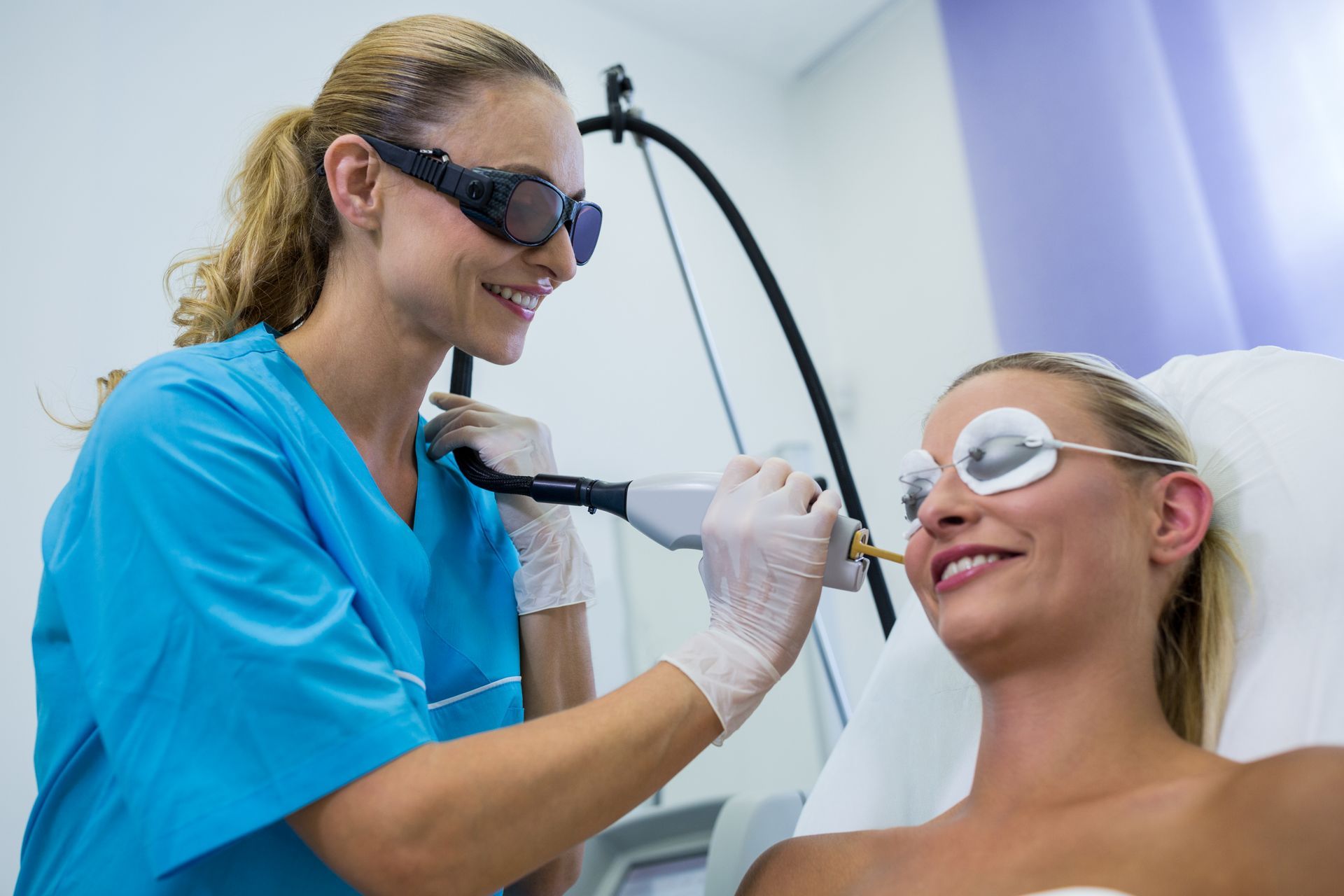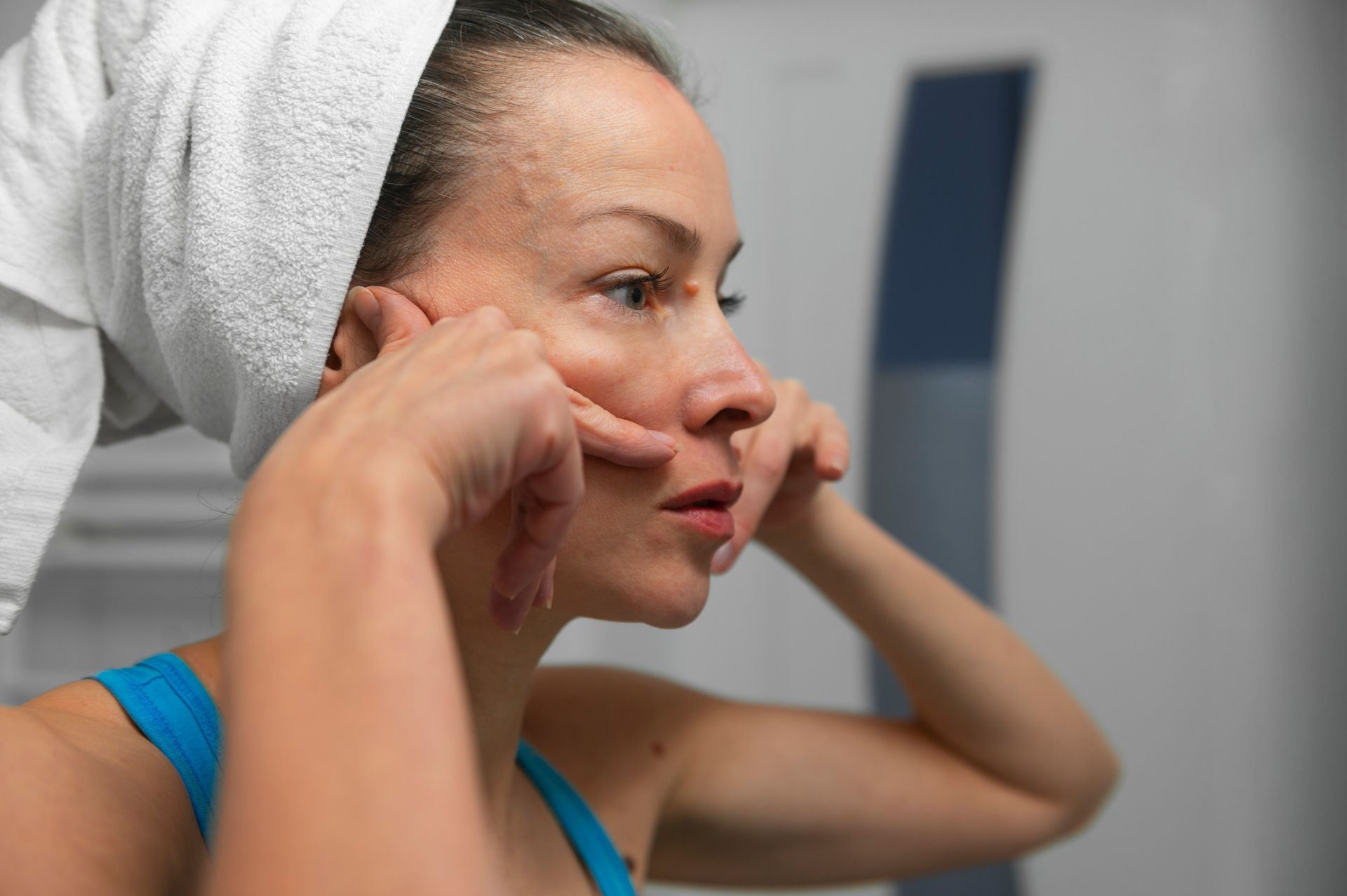Can You Get A Full Body Laser Hair Removal?
Are you tired of the endless cycle of shaving, waxing, or plucking unwanted hair from various parts of your body? Well, you're not alone. Many individuals are seeking a more permanent solution to achieve smooth, hair-free skin from head to toe. Enter full body laser hair removal - a popular option that promises long-lasting results with minimal hassle. But is it really possible to undergo laser hair removal for your entire body? In this article, we'll explore the ins and outs of full body laser hair removal, addressing common questions, concerns, and considerations to help you decide if it's the right choice for you.
Full Body Laser Hair Removal: An Overview
Laser hair removal is a popular cosmetic procedure that uses concentrated beams of light to target and eliminate unwanted hair follicles from various parts of the body. Unlike shaving or waxing, which provide temporary results, laser hair removal offers a more long-lasting solution. During the treatment, the laser emits pulses of light that are absorbed by the pigment in the hair follicles. This process damages the follicles, inhibiting their ability to regrow hair in the future. Over multiple sessions, patients can experience significant reduction in hair growth, leading to smoother, hair-free skin.
Benefits of Full Body Treatment
Opting for full body laser hair removal comes with several notable benefits. Firstly, it offers convenience by addressing hair removal needs across multiple areas of the body in one comprehensive treatment plan. This means no more time-consuming sessions of shaving, waxing, or plucking individual body parts. Laser hair removal also provides long-lasting results, reducing the need for ongoing maintenance compared to traditional methods. Furthermore, the procedure is precise, targeting only the hair follicles while leaving the surrounding skin unharmed. This reduces the risk of irritation and ingrown hairs often associated with other hair removal techniques.
Suitability and Safety Considerations
While laser hair removal is generally safe and effective for most individuals, it's important to consider certain factors to determine suitability and minimize risks. Skin type and hair color play a significant role in the success of the treatment, as lasers are most effective on dark, coarse hair and lighter skin tones. Those with lighter hair or darker skin may require specialized equipment to achieve optimal results. Additionally, individuals with certain medical conditions, such as active skin infections or a history of keloid scarring, may not be suitable candidates for laser hair removal. Consulting with a qualified and experienced practitioner is essential to assess suitability and ensure a safe and successful treatment outcome.
Preparing for Full Body Laser Hair Removal
Before undergoing full body laser hair removal, it's crucial to schedule a consultation with a qualified practitioner. During this initial appointment, the practitioner will conduct a thorough assessment of your skin type, hair color, and medical history to determine your candidacy for the procedure. This assessment helps to ensure that laser hair removal is safe and effective for you. The practitioner will discuss your expectations, address any concerns you may have, and provide personalized recommendations based on your individual needs and goals.
Pre-Treatment Guidelines
To optimize the results of full body laser hair removal and minimize the risk of complications, it's important to follow pre-treatment guidelines provided by your practitioner. These guidelines may include avoiding sun exposure, shaving the treatment area prior to each session, discontinuing certain medications or skincare products, and refraining from other hair removal methods such as waxing or plucking. Following these instructions diligently helps to ensure that your skin is in the best possible condition for the laser hair removal procedure.
Managing Expectations
While full body laser hair removal offers significant benefits, it's essential to manage your expectations realistically. Results may vary from person to person, and multiple treatment sessions are usually required to achieve optimal hair reduction. It's important to understand that laser hair removal is not entirely permanent, and some hair regrowth may occur over time. However, the regrowth is typically finer and lighter in color than before. By maintaining realistic expectations and understanding the limitations of the procedure, you can approach full body laser hair removal with confidence and achieve satisfactory results.
The Laser Hair Removal Process
Treatment Sessions Overview
- Full body laser hair removal typically involves a series of treatment sessions spaced several weeks apart. During each session, the practitioner will use a handheld laser device to target the hair follicles in the designated areas of the body. The duration of each session may vary depending on the size of the treatment area and the density of hair growth. While some individuals may experience mild discomfort during the procedure, most find it tolerable and manageable.
Targeted Areas for Full Body Treatment
- One of the key advantages of full body laser hair removal is its ability to target multiple areas of the body in a single treatment plan. Common areas treated include the legs, arms, underarms, bikini area, chest, back, and face. Smooth, hair-free skin can be achieved throughout the body when all areas of concern are addressed in one comprehensive treatment plan.
Pain Management and Comfort Measures
- To enhance patient comfort during full body laser hair removal, practitioners may employ various pain management techniques and comfort measures. These may include applying a cooling gel to the skin before treatment, using a specialized cooling device during the procedure to minimize discomfort, and offering topical numbing creams for individuals with heightened sensitivity. Practitioners can achieve a positive and satisfactory treatment experience for their clients by prioritizing their comfort and well-being.
Post-Treatment Care and Recovery
Following full body laser hair removal, it's essential to adhere to specific aftercare instructions to promote proper healing and optimize results. These instructions may include avoiding sun exposure, applying soothing creams or gels to the treated area, refraining from hot baths or showers, and avoiding strenuous activities that may cause excessive sweating. Additionally, it's important to keep the treated area clean and hydrated to support the skin's recovery process.
Managing Side Effects
While full body laser hair removal is generally safe, some individuals may experience temporary
side effects following treatment. These may include redness, swelling, itching, and mild discomfort. To manage these side effects, practitioners may recommend applying ice packs to the treated area, using over-the-counter pain relievers, and avoiding tight clothing that may irritate the skin. Most side effects subside within a few days to a week, but it's essential to consult your practitioner if you experience any persistent or concerning symptoms.
Long-Term Maintenance
To maintain the results of full body laser hair removal over the long term, patients may require periodic maintenance sessions. While the frequency of maintenance sessions varies from person to person, most individuals can expect to undergo touch-up treatments every 6 to 12 months to target any remaining hair growth. Practicing good skincare habits, such as moisturizing regularly and protecting the skin from sun exposure, can help prolong the effects of laser hair removal and keep the skin looking smooth and healthy.
Choosing the Right Provider
When contemplating full body laser hair removal, it's imperative to conduct thorough research on clinics and practitioners to guarantee the selection of a reputable and experienced provider. Seek out clinics like Huggie Beauty, specializing in laser hair removal, and boasting positive reviews from contented clients. Furthermore, scrutinize the qualifications and credentials of the practitioners slated to perform the procedure. A reputable clinic such as Huggie Beauty will employ trained and certified professionals who strictly adhere to safety protocols and standards of care.
Cost Analysis and Investment
Before undergoing full body laser hair removal, it's essential to understand the pricing structures used by different clinics and practitioners. Pricing may vary depending on factors such as the size of the treatment area, the number of sessions required, and the type of
laser technology used. Some clinics offer package deals or discounts for multiple sessions, while others charge per session or per treatment area. By understanding pricing structures upfront, you can budget accordingly and avoid any unexpected costs.
While full body laser hair removal may require a significant upfront investment, it's essential to consider the long-term costs compared to other hair removal methods. While methods like shaving or waxing may seem cheaper initially, they require ongoing maintenance and can add up over time. Laser hair removal, on the other hand, offers long-lasting results with fewer sessions required over time, potentially saving you money in the long run. By comparing the costs of laser hair removal to other methods, you can make a more informed decision about the best investment for your hair removal needs.
Conclusion
Achieving smooth, hair-free skin through full body laser hair removal offers numerous benefits, including long-lasting results and reduced maintenance. As you embark on your journey towards a hair-free lifestyle, it's essential to choose a reputable provider, ask pertinent questions, and understand the investment involved. Embrace the opportunity to say goodbye to tedious hair removal routines and hello to the confidence that comes with smooth skin. For those considering full body laser hair removal, taking the first step towards consultation is an empowering decision towards achieving the smooth, hair-free skin you desire.
BOOK YOUR FREE SESSION
